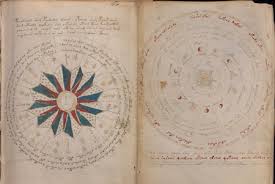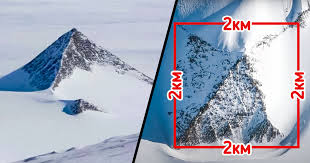The Discovery
When the United Fruit Company began clearing jungle for banana plantations in the 1930s, workers started uncovering these mysterious spheres. Many were moved from their original positions or damaged during agricultural work, destroying potential archaeological context that might have revealed their purpose.
The Precision Problem
What makes these spheres truly extraordinary is their near-perfect geometry. Creating such precise spheres from hard stone would require advanced understanding of geometry and mathematics, specialized stone-working tools beyond simple hammers, methods for measuring spherical perfection, and transportation techniques for moving multi-ton stones.
Possible Explanations
Mainstream Archaeology: Most archaeologists believe the spheres were created by the Diquís culture using stone tools and represent astronomical markers, status symbols, or territorial boundaries.
Alternative Theories: Some researchers suggest the spheres are evidence of lost ancient technology or even older civilizations that possessed knowledge we've since forgotten.
The Ongoing Mystery
Despite decades of study, fundamental questions remain unanswered. What tools created such precision? How were they moved into position? Do their placements reveal astronomical alignments? The stones continue to guard their secrets, reminding us that ancient history may be more complex than we imagine.
↑ Back to top

